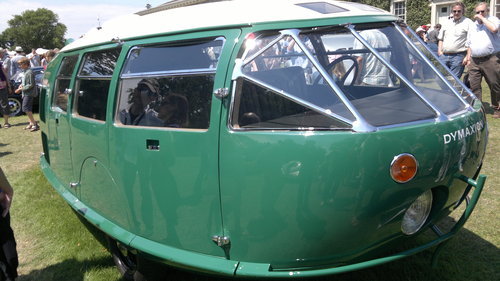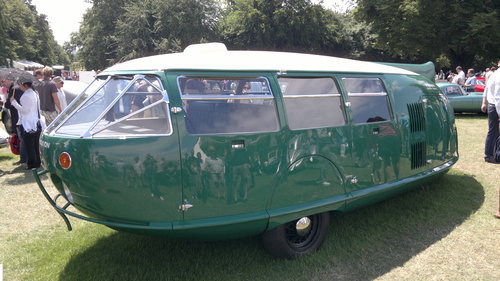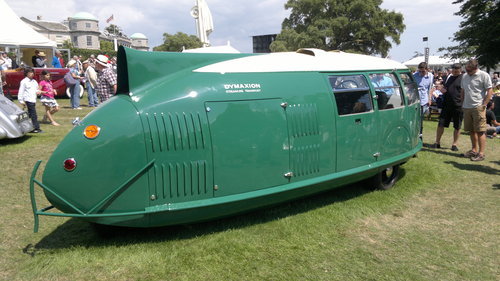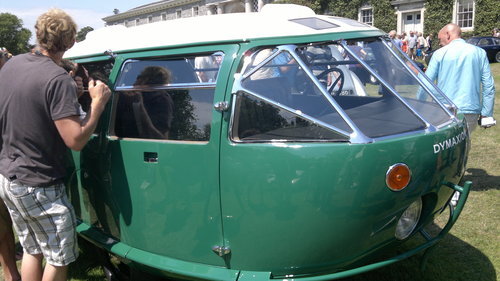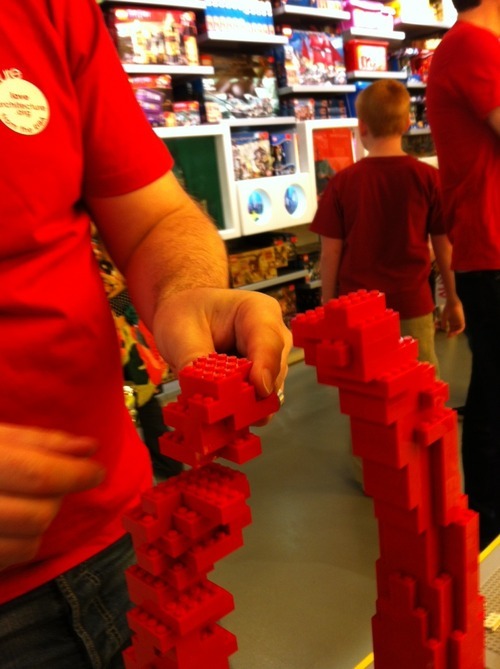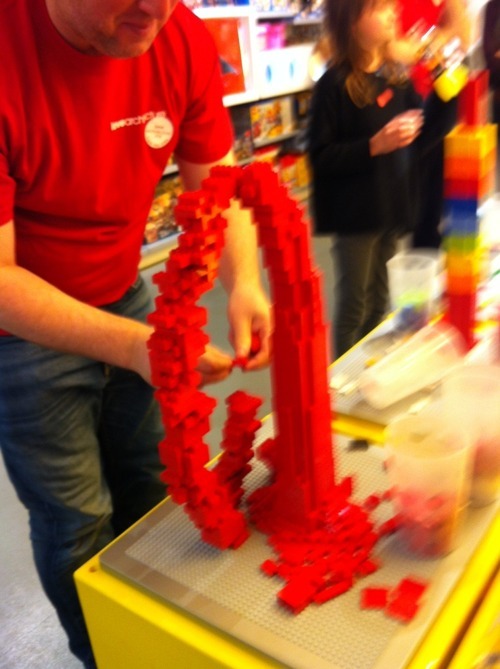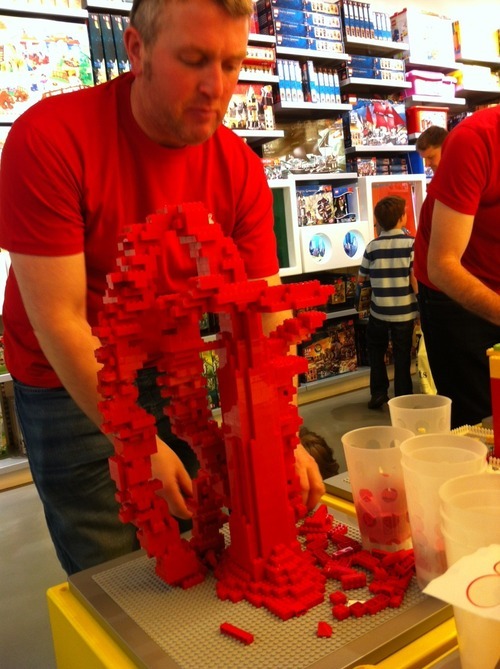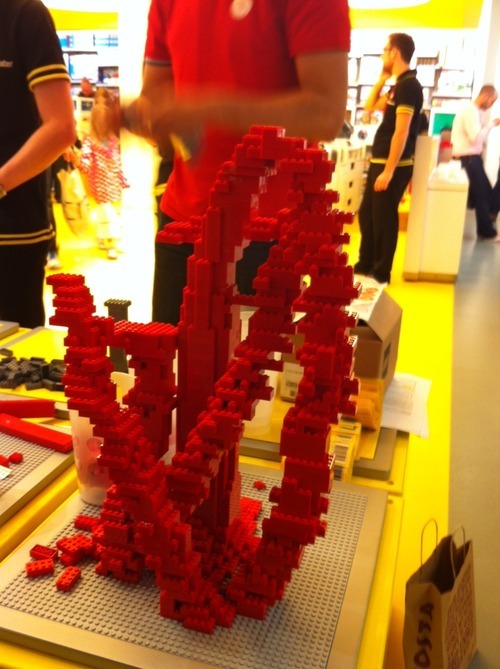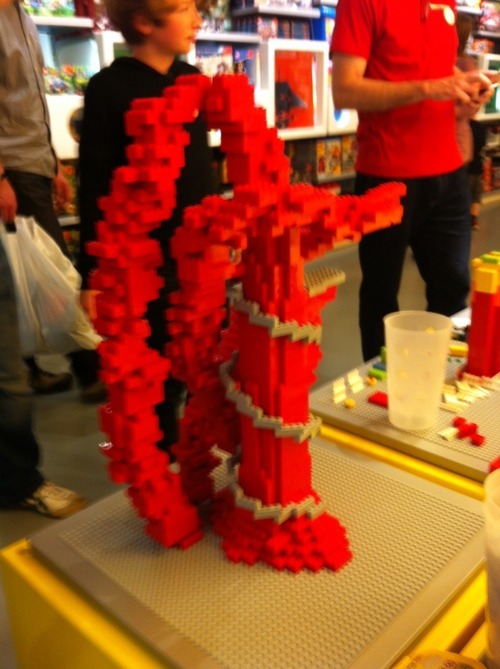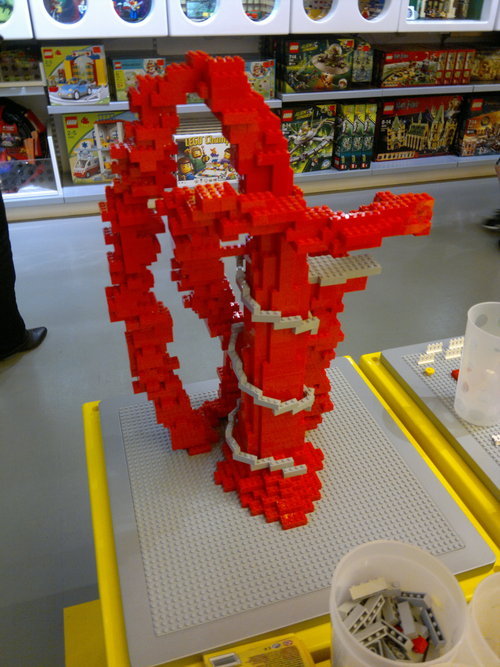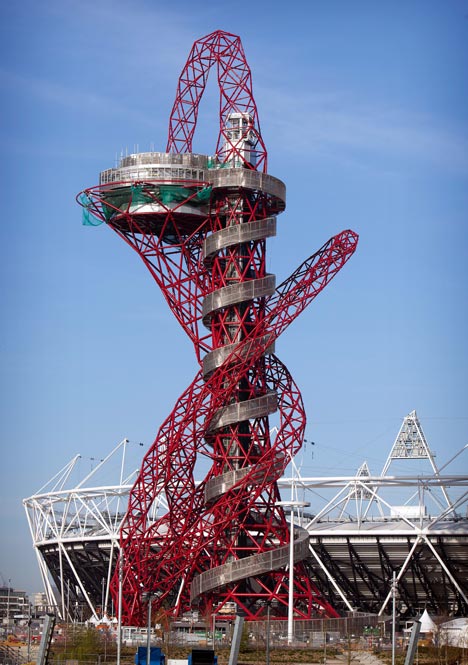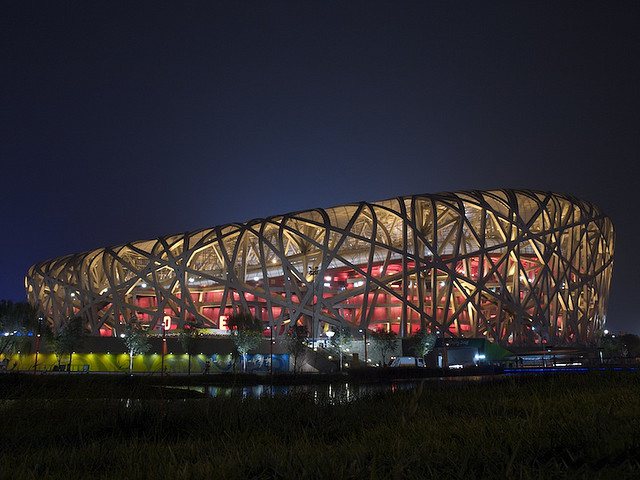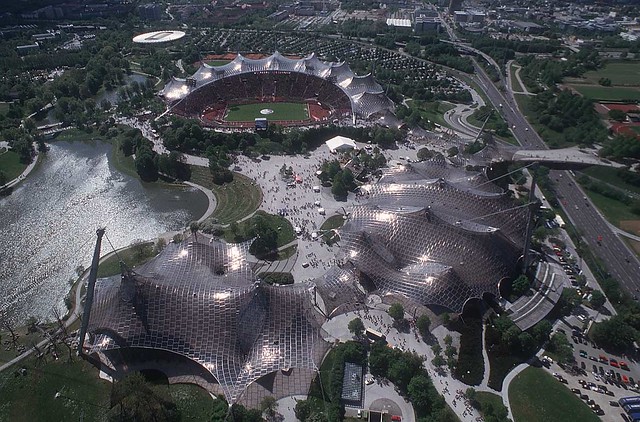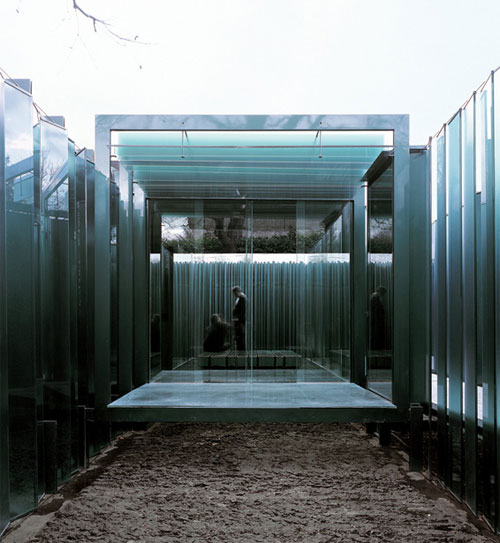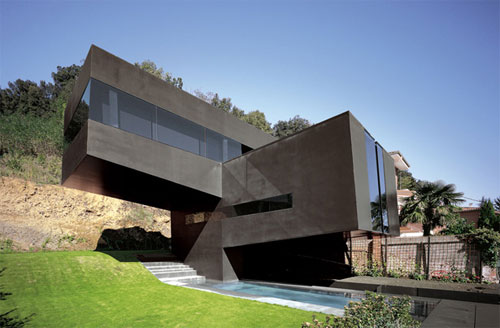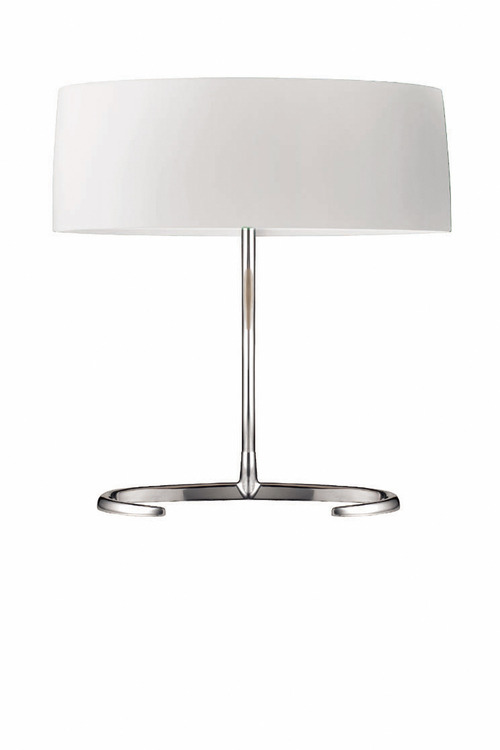
If you like contemporary church architecture, you will no doubt already be familiar with Gaudi’s Sagrada Familia, Barcelona (still in progress), Niemeyer’s Cathedral of Brasilia (1970) and even Tadao Ando’s Church of the Light, Ibaraki, Osaka (1989). Indeed probably more than any other style of building, religious architecture has in the main successfully delivered some of the most adventurous and breath-taking spaces of all time - For me, none more so than Le Corbusier’s Ronchamp.
The historical design driver was the building as a direct channel to god, demonstrating a lightness of material, an overwhelming scale and a rhythmic repetition of colonnades and fenestration. The congregation’s experience is typically a humbling one, fully aware and reminded of the might and power of a higher being. Church benefactors were obsessed with building bigger and bigger buildings, out-doing their neighbours.
Ronchamp, more formerly the Chapel of Notre Dame du Haut in Ronchamp, breaks all the rules. Le Corbusier designed a dark, almost oppressive interior. A fair-face concrete roof looms overhead, impossibly “floating” atop a wall that expands up to 10 feet thick. Randomly sized rectangular holes are cut at different angles and even on cloudy days the most beautiful streaks of coloured and white light pierce the air. Indeed the entire building is a master class in light, incorporating 3 top-lit internal chapels within an organic plan.
It was an eerie Sunday morning some years ago when we made our architectural pilgrimage to Corb’s masterpiece. We pitched up an hour early for the 8.00am visitor opening and the excitement was palpable. As we walked up the hill, a shroud of mist kept us in suspense. And then it came into view and it hits you – an amazing jewel, serene by simplicity and choice of material, majestic by proportion and scale. Best building I have ever seen.
by Darren Maddison






all photos thanks to : elpanb




